
“Your appearance now is what we call residual self-image. It is the mental projection of your digital self.”
Morpheus from the Matrix
The Matrix trilogy provided not only groundbreaking special effects but also quite a few insights into “self” as Neo navigated his journey. Questioning reality in some ways, but also what it means to be “you.” The scene quoted above begins before Neo is inserted into a computer program. In it, he is bald, in different clothes, and has implants in his arms, etc… But once inserted into the computer program, his appearance is that of when he was part of the Matrix, complete with hair, no implants, and different clothes.
Why is this important? (Other than reminding you it is time to watch the trilogy again?)
Because we are all operating on some level of residual self-image.
“The past is not simply the past, but a prism through which the subject filters (their) own changing self-image.”
Doris Kearns Goodwin
And before you start to argue…read on…(I’ll even tie it into training.)
What Self-Image Are You Operating Under?
Have you ever had to restart your training practice? Maybe an injury, illness or family/job situation interrupted your training. And after a few weeks (or maybe longer), you were ready to hop back into your practice. Did you try to start back where you were before the interruption?
If you did then you were operating on residual self-image. The mental projection of your previous “self” brought into a future where you are not actually the same person.
Think about it for a bit. Or think about “Uncle Rico” from Napoleon Dynamite.
“Uncle Rico” was absolutely operating on residual self-image. He was the high school football star he always imagined or actually was back then.
We have all met people who operate from residual self-image. The specifics of that version of themselves is highly variable. Maybe it is their peak high school memory or when they felt they were at their best or had accomplished something significant in their life. What establishes the point of residual self-image is variable but the fact that we bring it with us is not.
“I didn’t realize I had gained weight.” Or “I didn’t realize how out of shape I had become.” These are both demonstrations of residual self-image. We keep a “picture” of ourselves at our best (or worst) and have a very hard time seeing the reality of the current us.
Back to Training…
I have said in other articles to “meet people where they are, and you’ll be surprised where you can take them.” And residual self-image ties into this as well. We must provide an accurate current self-analysis to create the best program for the individual. As they are, not as they were or even as they see themselves. Especially if that individual is returning to training after some time off. This “tough love” is not easy to give, and not always welcomed with open arms.
A couple of important pieces of information here:
Conditioning drops pretty quickly (as quickly as 7-12 days).
“Coyle, Martin, and Holloszy (1984) studied endurance athletes who had been training for 10 years. VO2max decreased by 7, 13, and 15 percent after 12, 56, and 84 days. Stroke volume decreased by 11% after 12 days. Exercise stroke volume and HR-max did not change any further after 12 days, with maximum cardiac output remaining 7-9% below that of the trained state. Thus, maximum cardiac output reduction occurs mostly in the first 12 days, while VO2max and mitochondrial activity continue to decline for some time after that before stabilizing.” Rundell, K. W. (1994). Strength and endurance: Use it or lose it. Olympic Coach, 4(1), 7-9.
Strength maintains for longer.
“Reductions are relatively small during the first few months following cessation of training. Some researchers have shown:
(a) no loss of strength was noted after cessation of a three-week training program, and
(b) only 45% of the original strength gained from a 12-week training program was lost after one year’s removal from the program.” Wilmore, J., & Costill, D. (1988). Physiological adaptations to physical training. In Training for sport and activity, Chapter 11. Dubuque, IA: Wm. C. Brown
Why is this important?
There is a difference between a weekend off and missing training long enough to enter into detraining. This is why I don’t worry about vacations and brief periods of time off. In fact, students typically come back from short training breaks having rested, restored, and super-compensated, and are ready to progress their training.
Getting Back to Reality
Regardless, the first sessions back to training after a longer break should be “easy.” Knocking off the dust, greasing your joints and firing patterns. Even though strength maintains for a very long time, we still want to ease back in to allow tissues to adapt to the stress. The same goes for conditioning: start with easy sessions (maybe Maffetone level work) or longer rest periods between sets of swings, etc.
If you have hit the detraining windows of time off of training, look back at your training log to a beginning program that was successful for you. It might mean rebooting training for Simple instead of hopping back into training for Sinister.
In conclusion, answering the question of whether you are operating on residual self-image is one that only you can answer. And this is where having certain “benchmarks” in place can be helpful. Knowing where you are performing on certain benchmarks (like a snatch test for example) can be a good way to keep up on the current self-image, not the past. This is also where a good coach and StrongFirst certified instructor or StrongFirst Accredited Gym can be effective.
And enjoy the Matrix trilogy.
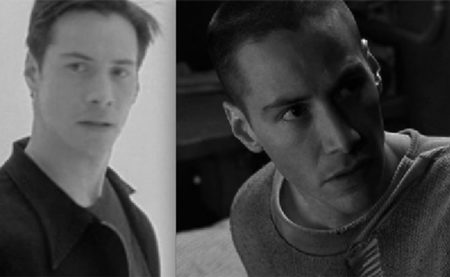
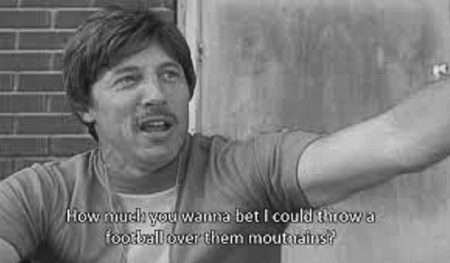
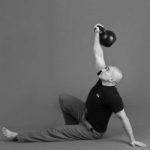
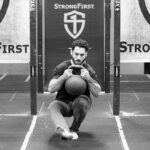
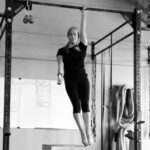





This was the perfect thing to read after hurting my self tonight. Thank you very much, I needed this.
Heal up well and glad you liked the article
Fluidity….. Don’t compete with your former self….Thanks Brett
Thank you
One of the most applicable points for our clients (and staff team) I’ve read all year. Thanks for the insight and clear label of the “residual self”! Will be bringing this topic to our team meeting Monday!
Thank you
Really enjoyed the article. I think just about everyone falls into a “I used to – could” trap at some point as we age.
Thank you